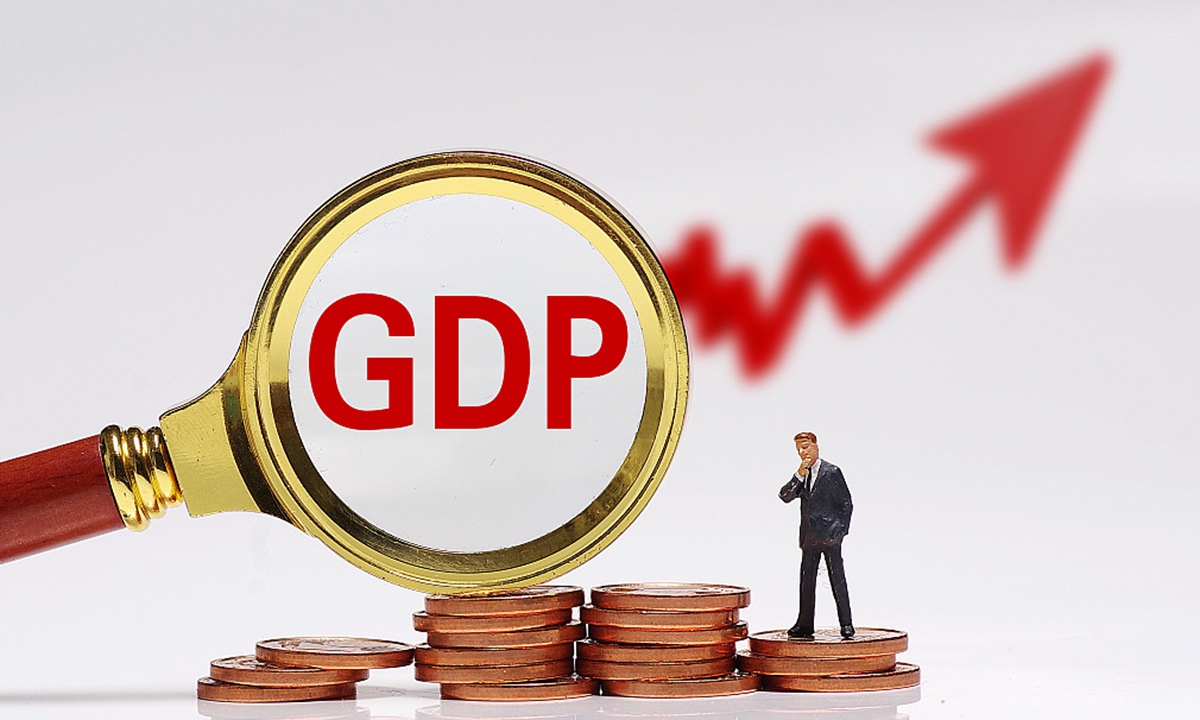
GDP photo:VCG
China's decision to not set a specific economic growth target in the draft for 14th Five-year Plan (2021-2025) period is the first time in history and is a cautious adjustment, taking into account internal and external uncertainty, which would allow for more flexibility to respond to uncertainty, said Hu Zucai, an official with National Development and Reform Commission.
The 14th Five Year Plan draft outline does not set a specific GDP target for the 2021-2025 period. Instead, the goal will be to keep the average annual growth in a reasonable range and a new target will be set each year.
The adjustment effectively takes into account the needs of these two aspects— using GDP as the core indicator to measure a country's development level but no longer simply chasing after the figure of GDP growth rate at the cost of ecological environment as China is focusing on promoting high-quality development, Hu said.
However, it doesn't mean that GDP growth will be eliminated entirely, Hu said.
"The quantitative measure of GDP also implied the qualitative measure of the gauge," Hu said
He noted that China's goal to have per capita GDP reach the level of moderately developed countries by 2035, already outlined the reasonable range of China's GDP growth in the next 15 years.
Other major growth targets in the draft outline, such as unemployment rate, energy consumption intensity, carbon emission intensity with specific figures, are also related to GDP growth.
Hu said although the country is confident in keeping GDP growth at a certain speed during the 14th Five-Year Plan period, not setting specific quantitative growth targets allows for a more active and calm response to various risks and challenges and enhances the flexibility of development, considering the great uncertainty of the internal and external environment in the next five years' range.




